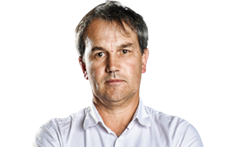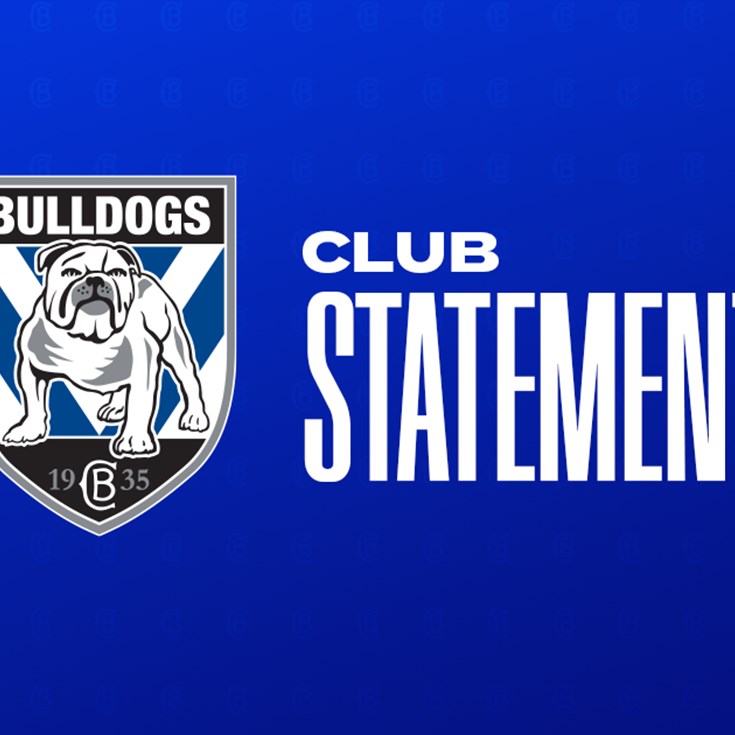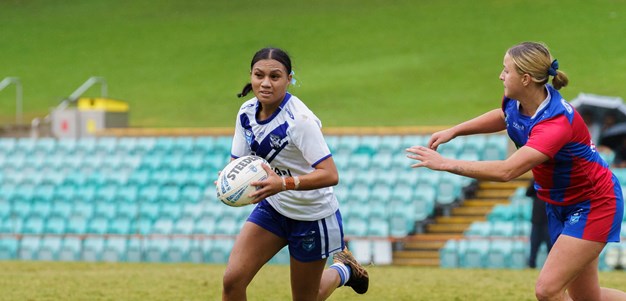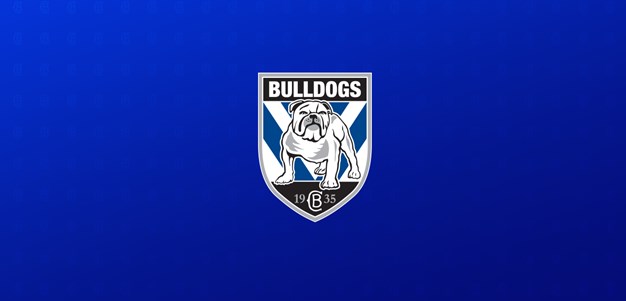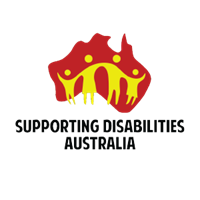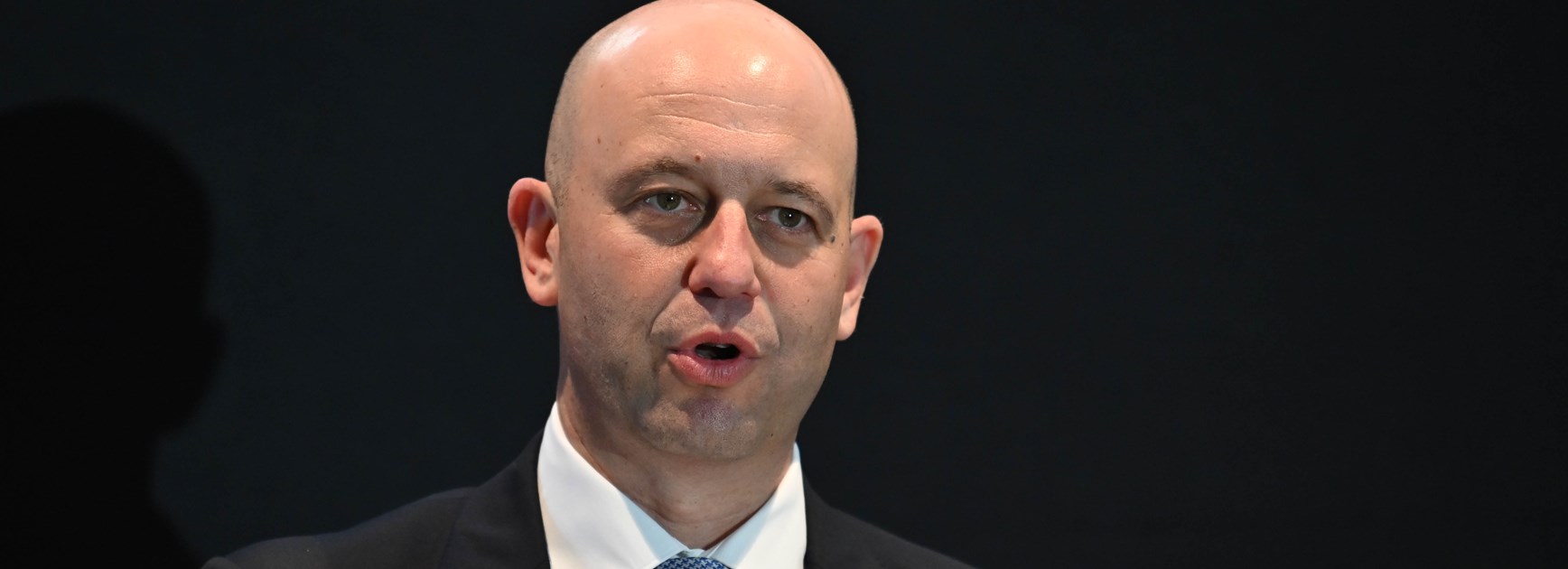
Up to 100 former NRL players are set to take part in one of the world’s largest studies into head injuries and brain injuries in collision sports each year, while the pre-season neurological testing of current stars will also assist researchers.
CEO Todd Greenberg on Wednesday announced the NRL has formed a partnership with the University of Newcastle and the Spaulding Research Institute at Harvard Medical School to establish the Retired Professional Rugby League Players Brain Health Study.
Backed by the RLPA and Men of League, the international research program is aimed at providing a greater understanding of head injuries and is expected to continue for decades.
The NRL has committed $250,000 to the program, which those involved hope will now attract government funding.
The initial NRL funding will take the game’s investment in this area, which includes the Injury Surveillance Bunker, Sideline Surveillance technology and education programs, to more than $1 million in 2020.
The research includes a detailed health survey, which examines the physical, psychological, and cognitive health of former NRL players.
It also includes a comprehensive study of the brain health of former players involving in-person neuropsychological assessment and multimodal brain imaging.
This research will transform global understanding of these issues.
Todd Greenberg
A brain donation program for former NRL players has also been established with the Sydney Brain Bank, funded by Neuroscience Research Australia (NeuRA) and UNSW
Dr Andrew Gardner of the University of Newcastle and Hunter Medical Research Institute, who will lead the program with Harvard’s professor Grant Iverson, has already assessed 114 former players over the past seven years.
He now expects to be able to assess up to 100 former players each year, and said the records of current or recently retired NRL players would provide greater accuracy as they undergo testing before each season, which is detailed in the CSx database management system.
A history of each player’s concussion assessments is also recorded and maintained during their career.
“Having the opportunity to characterise the exposure is very, very important and that is what those platforms are able to do in much greater detail than has been done in the past,” Gardner said.
“Players that are going through their careers right now will be able to come into this program. It is a longitudinal program so we are going to be conducting this for many, many years to come.
“We will be using that information as those players come through but we don’t have that information for all of the players that have already been through the program and who are in their 60s, 70s and 80s now because they didn’t have that program previously but we will certainly be using that data moving forward.”
NRL commits to long-term head injury study
NRL chief medical officer Dr Paul Bloomfield said the databases were more reliable than asking a former player to recall when they may have suffered a concussion or other details about their medical history.
“They do go through a check list with the researchers to try and estimate their exposure but they are now going to have a record that is easier to access and maintain,” Bloomfield said.
“All players, including those in the state cups in Queensland and NSW, now use the CSx platform which is a record of the player’s baseline SCATs, which are their assessments pre-season, and that also captures any concussions they may have.
“If a player becomes a part of the study they will have access to that information. Some of the research has been going on for a while with smaller numbers but the extra funding the NRL will provide enables the numbers to increase significantly straight away."
Greenberg said the NRL had spent 12 months working with researchers from the University of Newcastle and Harvard Medical School to ensure a comprehensive study which specifically focuses on rugby league players.
"This research relationship adds another pillar to the work and investment we are doing to enhance player safety in our game," he said.
"We must always evolve and learn. This research will transform global understanding of these issues.
"It adds to the work the NRL is doing operationally to ensure the game evolves as we learn more about this area of medical science."
Gardner said the research would significantly progress the scientific knowledge in the field.
"This financial support will allow us to build on the evidence we have accumulated with this research program to date, and enable us to significantly increase the number of retired professional players we recruit to the program each year," Dr Gardner said.
Iverson said the research would have global benefits as it would "transform our understanding of later-in-life brain health in former NRL players”.
"Our team will combine expertise and resources to accelerate the pace of this science, disseminate the findings to the medical and scientific community, and translate the knowledge gained to improve health care for retired NRL players and other former athletes worldwide," he said.
